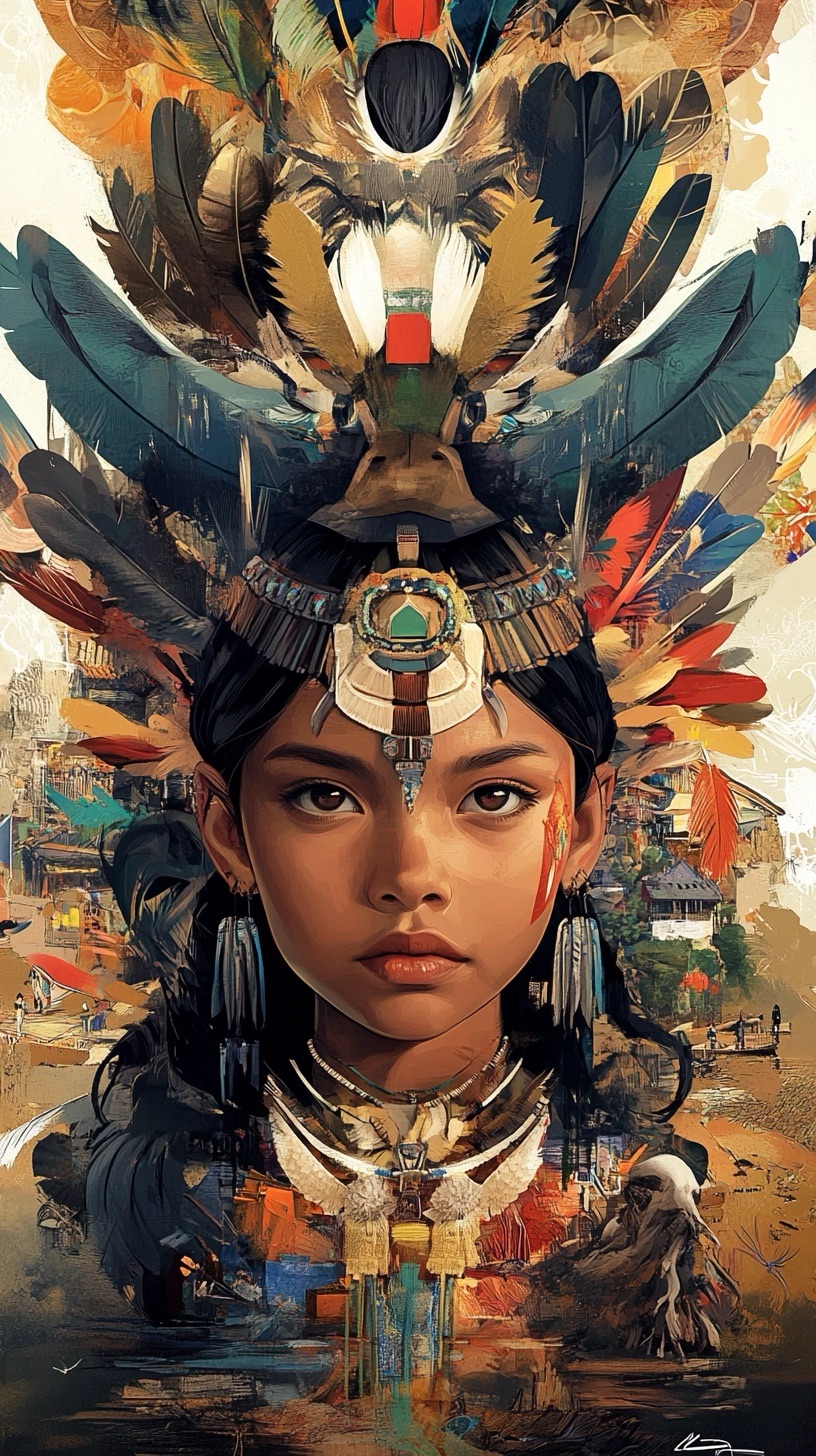
In an increasingly interconnected world, the role of cultural elements in storytelling has never been more vital. Stories are the lifeblood of cultures, shaping and reflecting the identities of communities. When these stories weave together elements from different cultures, they create a rich tapestry that resonates with a broader audience. This essay delves into the significance of incorporating diverse cultural elements in storytelling, the challenges it presents, and the profound impact it can have on both the creator and the audience.
The Role of Culture in Storytelling
Culture is the lens through which people view the world. It influences beliefs, behaviors, and how stories are told and interpreted. Every culture has its myths, legends, and narratives that have been passed down through generations, serving as a collective memory and a guide for future actions. These stories are not just entertainment; they are vessels of meaning, carrying the values, fears, and hopes of a people.
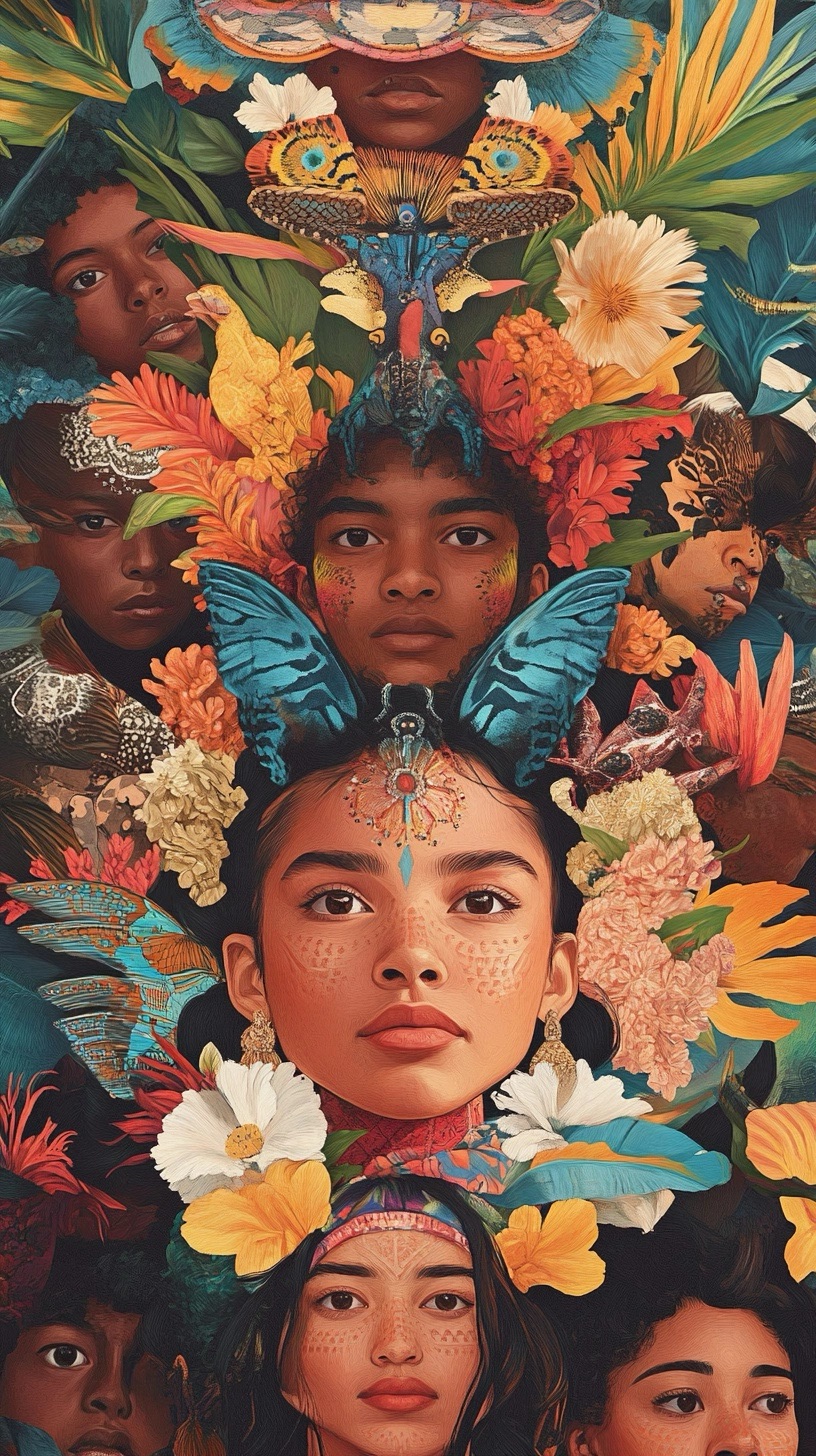
Incorporating cultural elements into storytelling allows the storyteller to tap into these deep reservoirs of meaning. For instance, when a story integrates elements of African folklore, it brings with it the richness of African spirituality, history, and social structures. Similarly, using Japanese aesthetics in a narrative can evoke the country’s emphasis on harmony, nature, and impermanence.
Beyond Tokenism: Authentic Representation
However, the inclusion of cultural elements in storytelling is not without its challenges. One of the most significant issues is the risk of tokenism—superficially including cultural aspects without truly understanding or respecting them. This can lead to stereotypes, misrepresentations, and the commodification of culture.
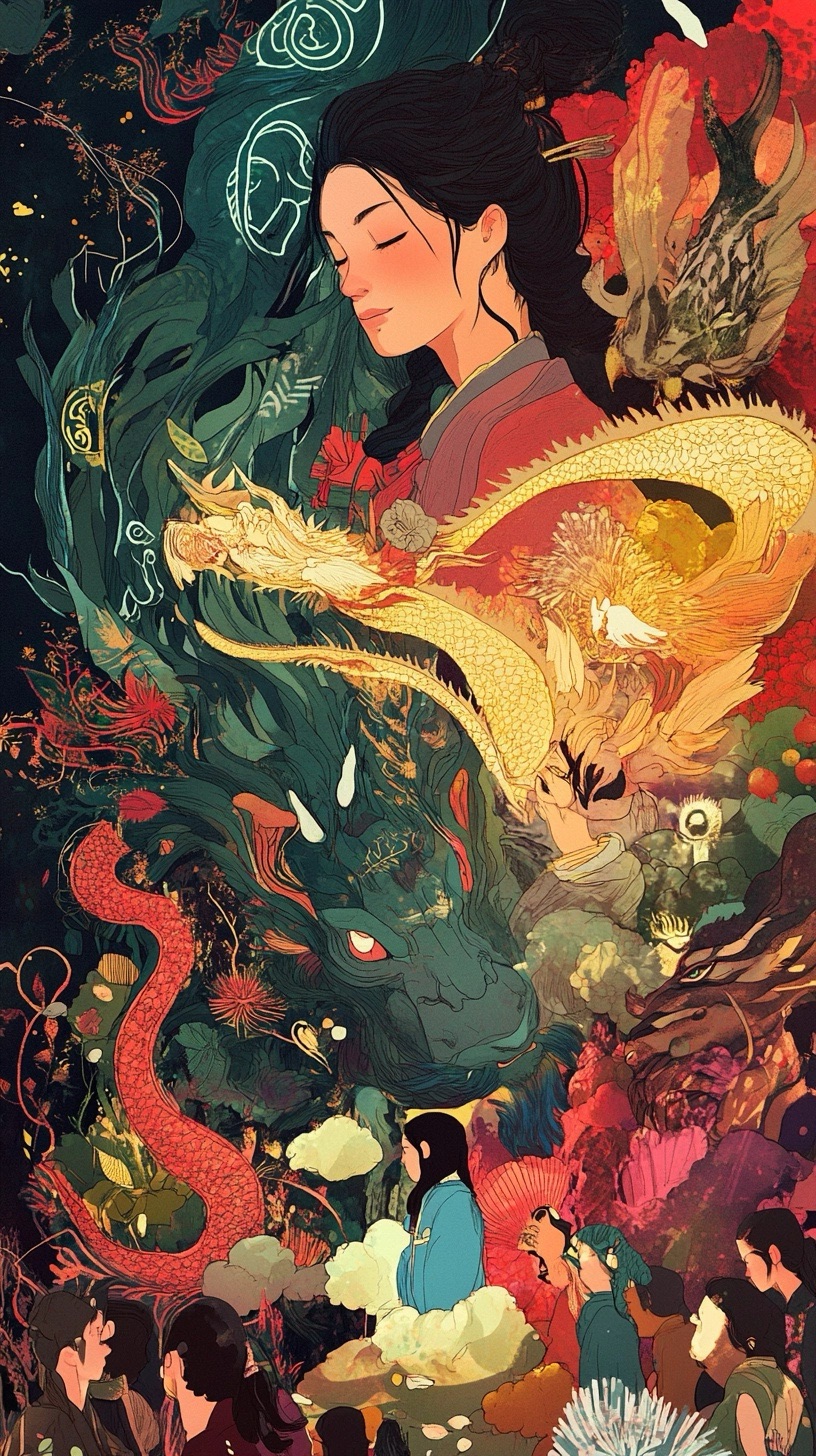
Authentic representation requires a deep engagement with the culture being depicted. This involves understanding its history, values, and the lived experiences of its people. It’s not enough to simply use cultural symbols or motifs; the storyteller must strive to convey the essence of what those elements mean within the culture.
For example, in storytelling, the use of a Native American headdress should go beyond its visual appeal. It must reflect its significance as a symbol of respect, bravery, and leadership, deeply rooted in the spiritual and communal life of the tribes. Without this understanding, the story risks reducing a sacred cultural element to mere decoration.
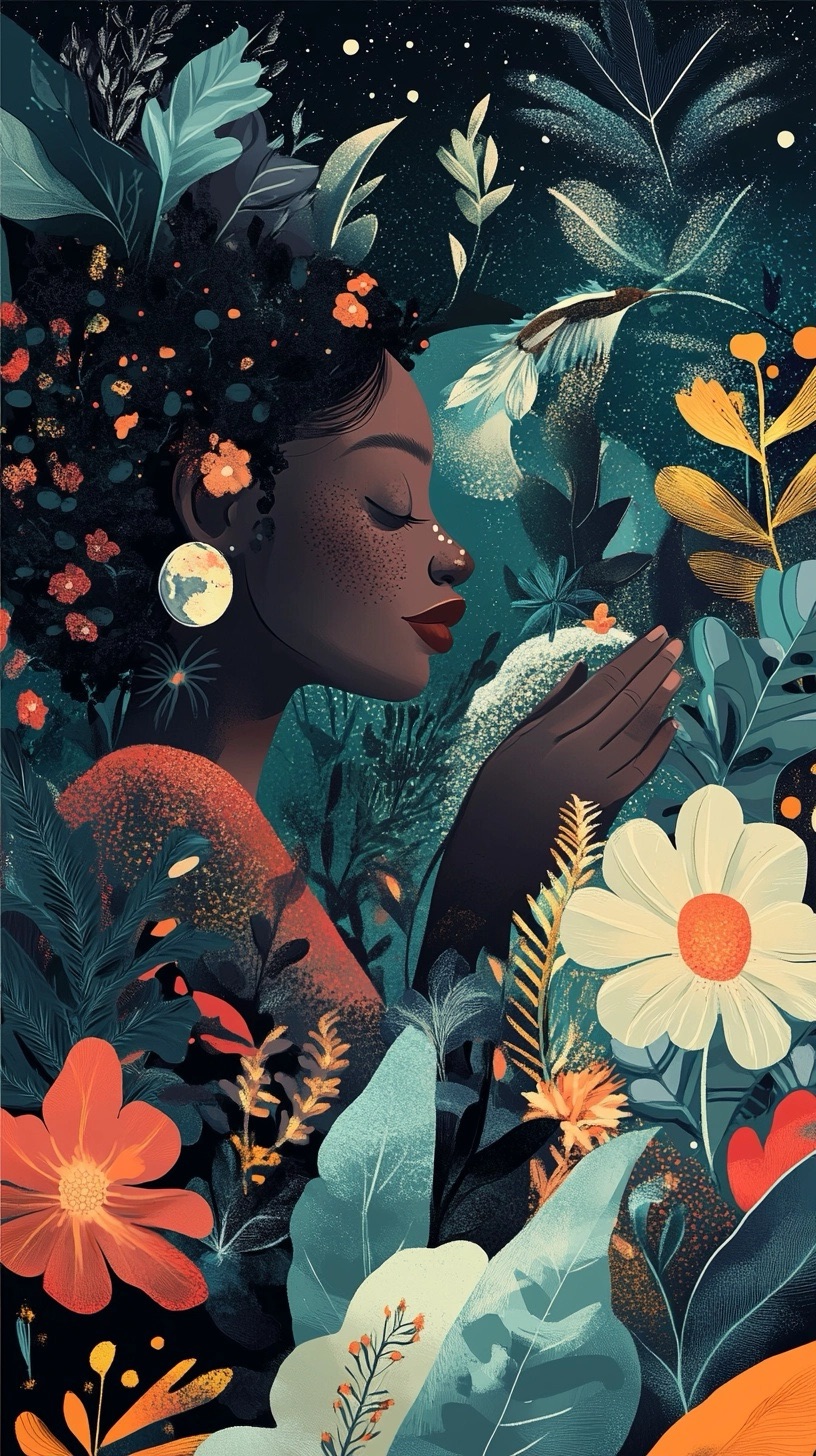
The Challenges of Cultural Hybridity
While the blending of cultural elements can create a richer narrative, it also presents the challenge of cultural hybridity. When elements from different cultures are combined, there is a risk of creating a narrative that feels disjointed or inauthentic. The storyteller must navigate the fine line between honoring different cultures and creating a coherent and unified story.
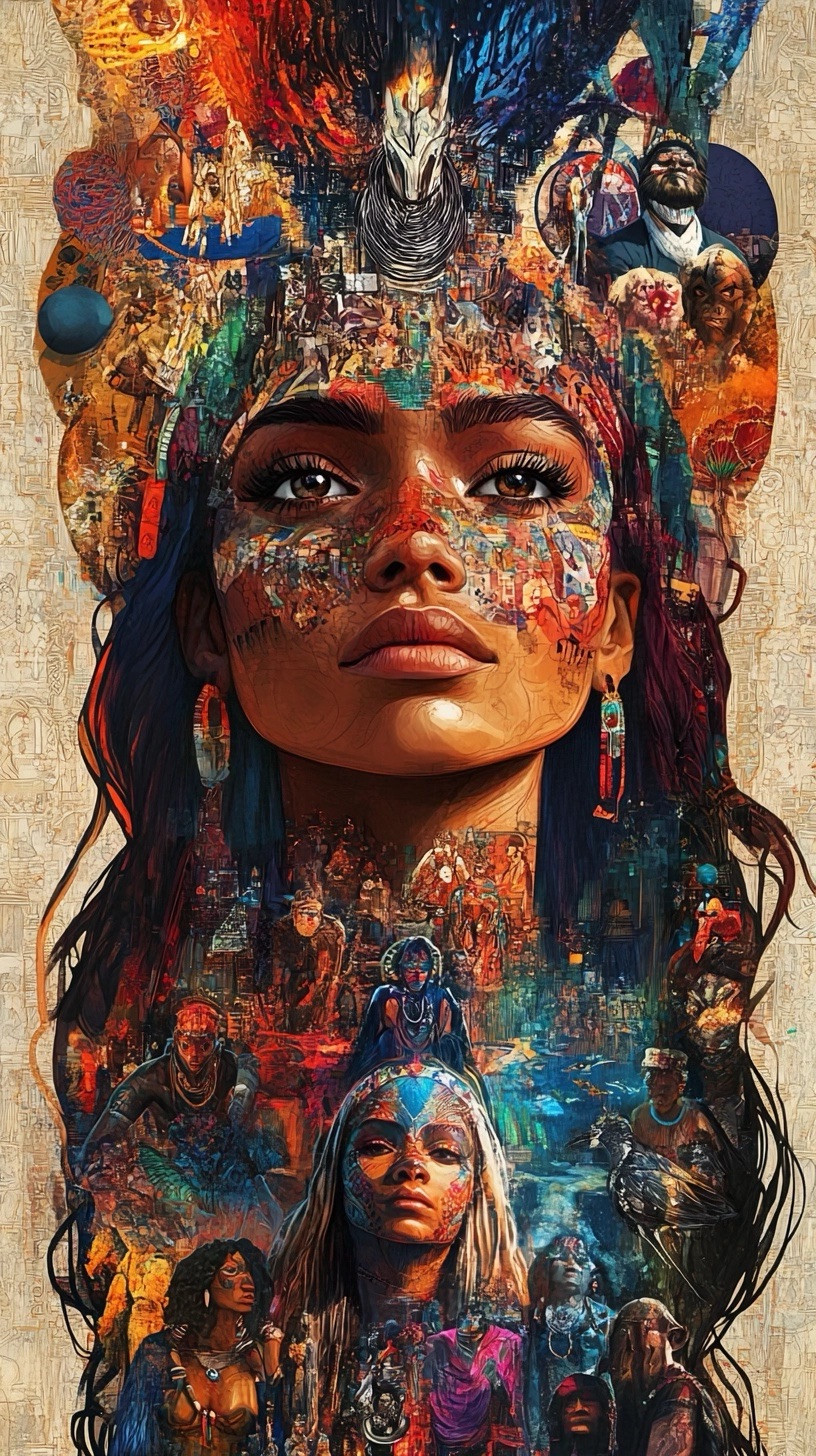
Cultural hybridity in storytelling can be seen as a double-edged sword. On one hand, it allows for the creation of new, innovative narratives that push the boundaries of traditional storytelling. On the other hand, it can lead to the dilution or loss of cultural significance if not handled carefully.
An example of successful cultural hybridity can be found in the works of authors like Salman Rushdie, who seamlessly blends elements of Indian, British, and Islamic cultures in his novels. Rushdie’s stories are enriched by this cultural mix, offering readers a complex and layered narrative that reflects the realities of a globalized world.
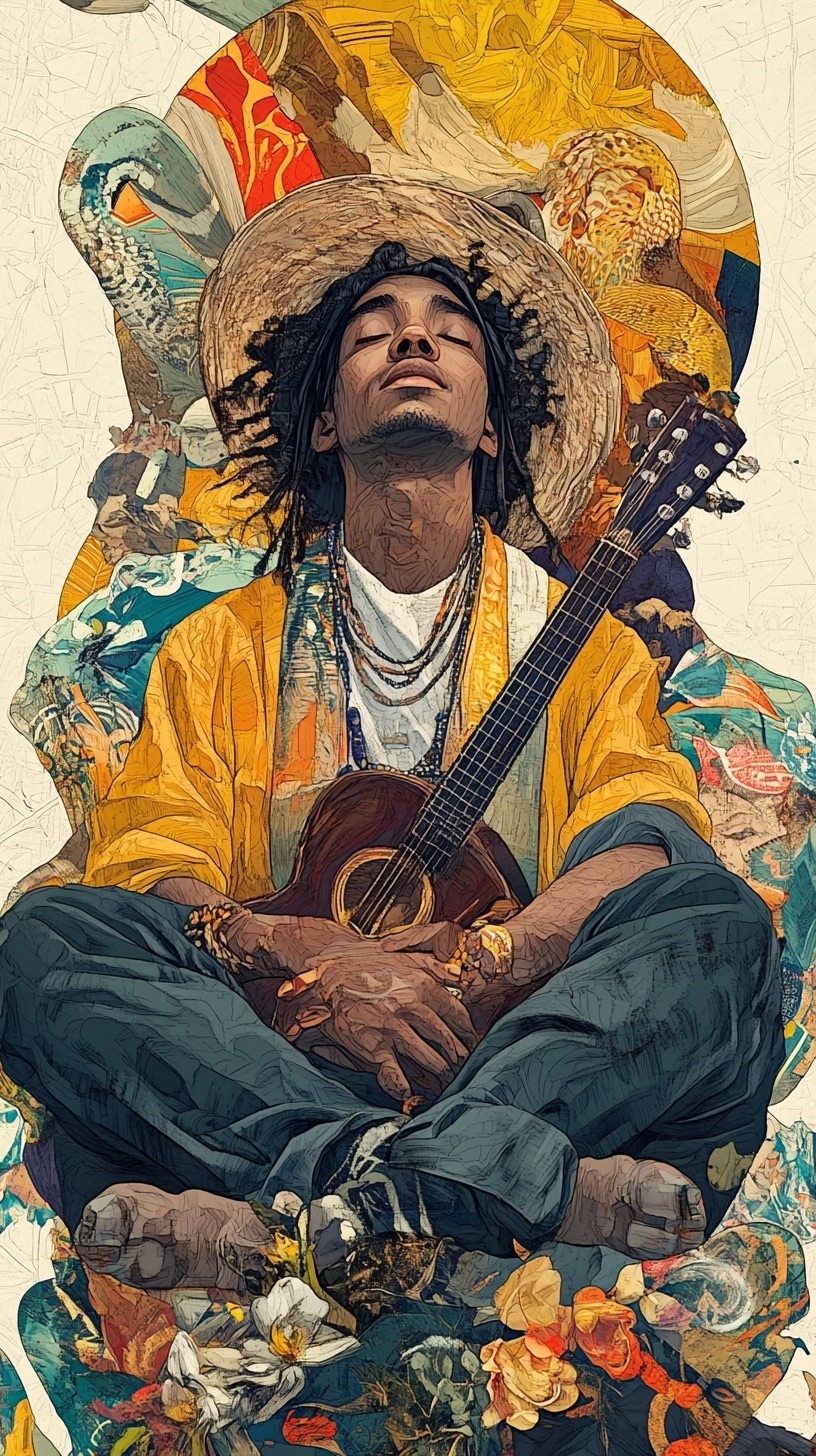
The Impact on Audience Perception
Stories that incorporate diverse cultural elements have the power to shape how audiences perceive and understand those cultures. This is particularly important in a world where cultural misunderstanding and prejudice are still prevalent. Through storytelling, audiences can gain a deeper appreciation for cultures different from their own, breaking down stereotypes and fostering empathy.
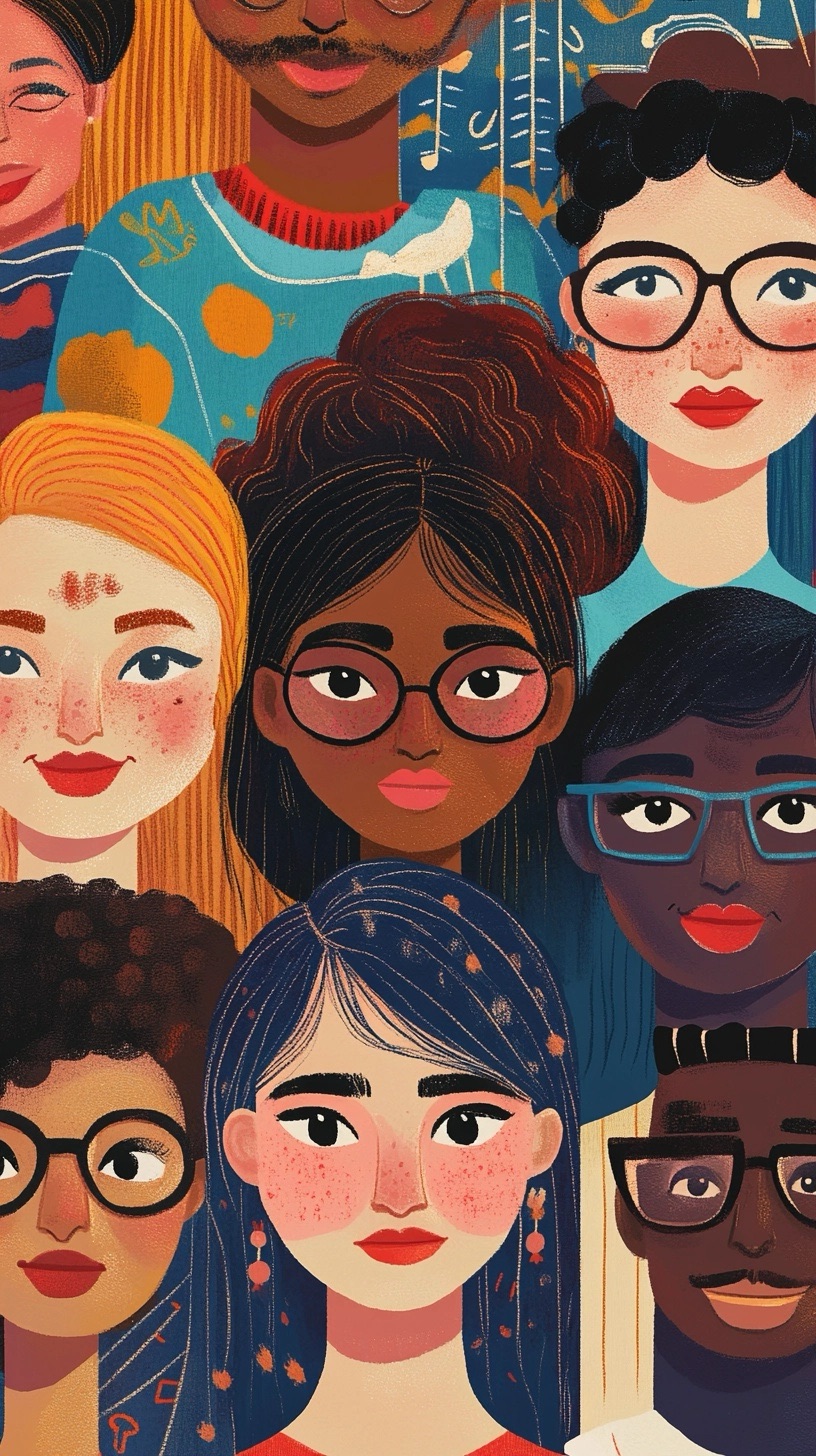
For instance, the widespread success of films like Black Panther and Coco has shown how stories rooted in specific cultural contexts can resonate globally. These films not only entertained but also educated audiences about African and Mexican cultures, respectively, challenging preconceived notions and celebrating the beauty of cultural diversity.
Moreover, the use of cultural elements in storytelling can also have a powerful impact on members of the culture being represented. For marginalized or underrepresented communities, seeing their culture portrayed accurately and respectfully in mainstream media can be a source of pride and validation. It can also serve as a form of resistance against cultural erasure, preserving and promoting cultural heritage in the face of globalization.
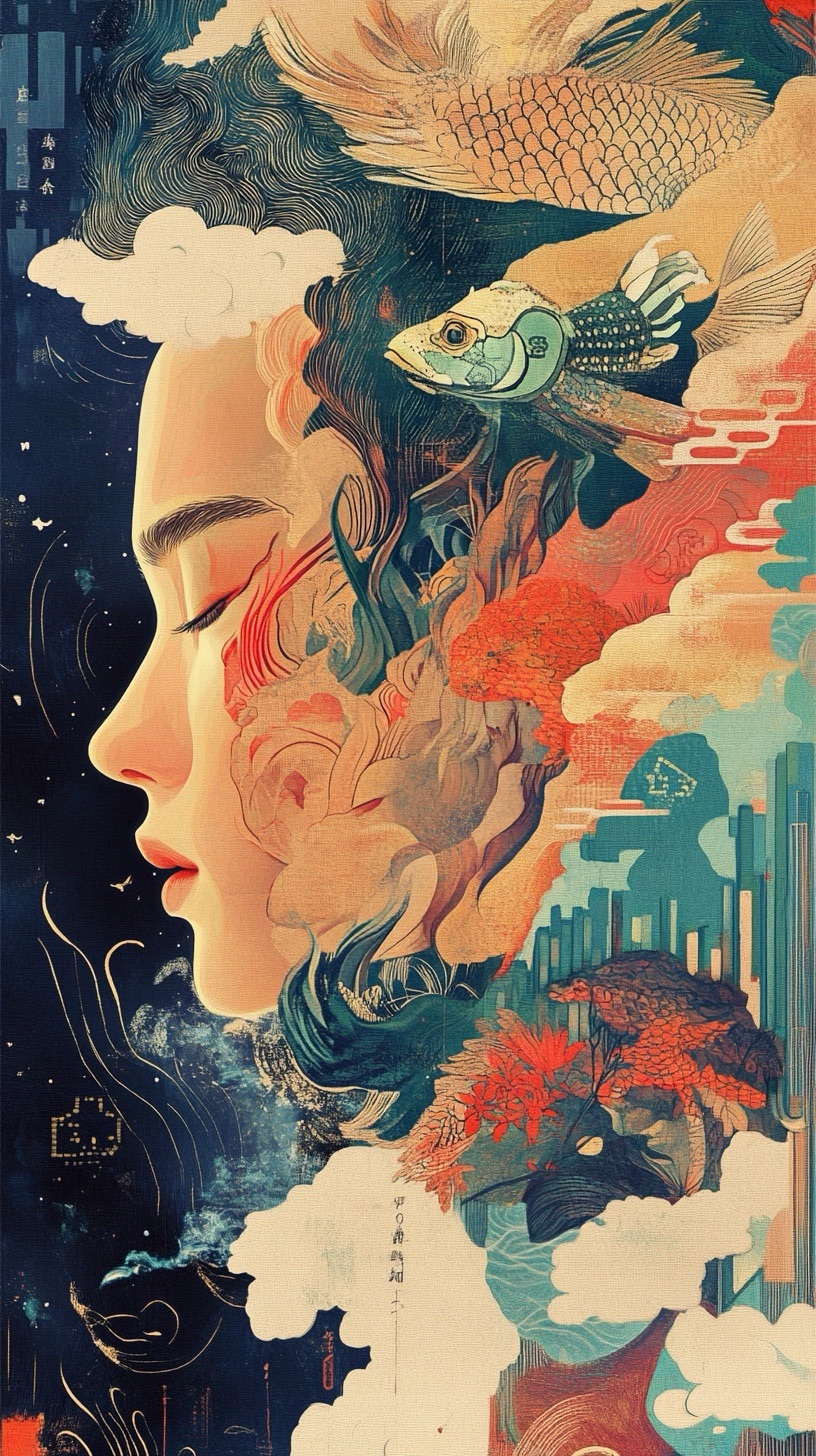
Ethical Considerations in Cultural Storytelling
With the power to shape perceptions comes the responsibility to tell stories ethically. Storytellers must be mindful of the cultural implications of their narratives, particularly when they are drawing from cultures that are not their own. This raises important questions about cultural appropriation and the balance between inspiration and exploitation.
Cultural appropriation occurs when elements of a marginalized culture are used by someone outside of that culture, often without permission and in a way that strips the elements of their original meaning. This can be particularly harmful when the appropriated elements are commercialized or presented in a way that reinforces negative stereotypes.

To avoid cultural appropriation, storytellers must approach cultural elements with respect and a willingness to learn. This might involve collaborating with cultural experts or members of the culture being depicted, ensuring that the story honors the culture’s traditions and values.
For example, in the making of Moana, Disney worked closely with Pacific Islander cultural experts to ensure the film accurately represented Polynesian culture. This collaboration resulted in a story that not only entertained but also respected and celebrated the culture it depicted.
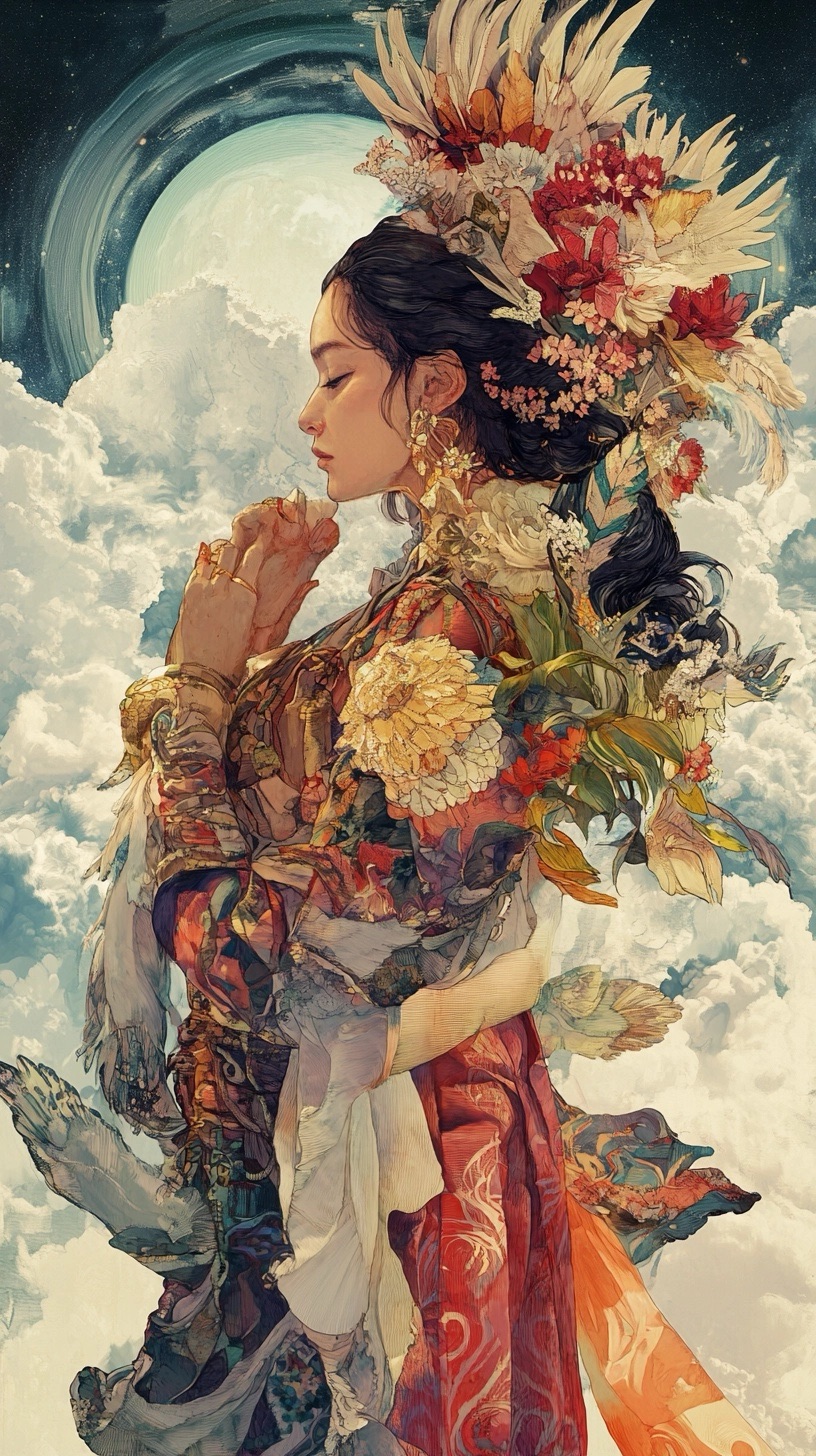
The Future of Cultural Storytelling
As the world becomes more interconnected, the blending of cultural elements in storytelling will likely become even more common. This presents both opportunities and challenges for storytellers. On one hand, it allows for the creation of rich, multi-layered narratives that reflect the complexities of a globalized world. On the other hand, it requires storytellers to be more mindful of the cultural implications of their work.
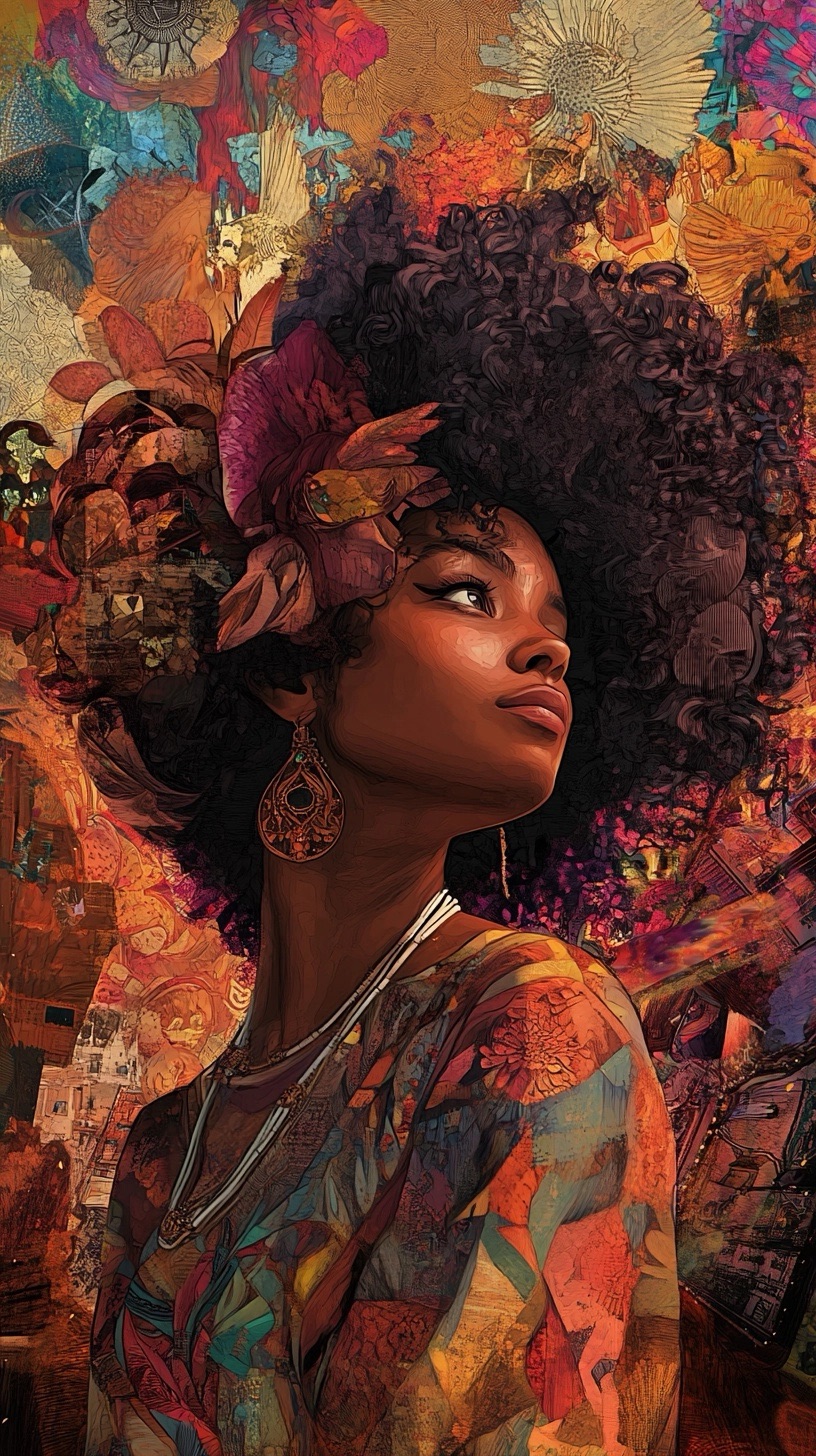
The future of cultural storytelling lies in the balance between innovation and respect. Storytellers must continue to push the boundaries of traditional narratives while also honoring the cultural elements they incorporate. This requires a deep understanding of the cultures being depicted, as well as a commitment to ethical storytelling.
In conclusion, the use of cultural elements in storytelling is a powerful tool that can create rich, meaningful narratives that resonate with a diverse audience. However, it also requires a careful and respectful approach to avoid the pitfalls of tokenism, cultural appropriation, and disjointed narratives. As storytellers continue to explore the possibilities of cultural hybridity, they must remain mindful of the impact their stories have on both the audience and the cultures they depict. By doing so, they can create stories that not only entertain but also educate, inspire, and foster a deeper understanding of the diverse world we live in.

Leave a Reply